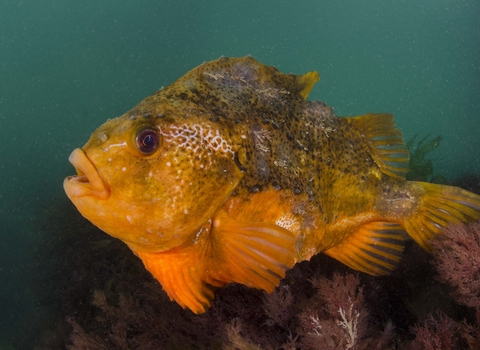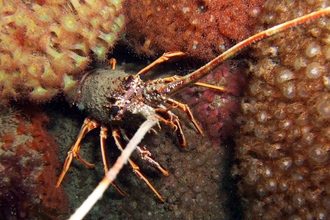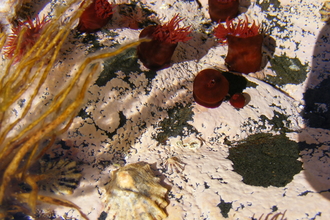
Male lumpsucker ©Alex Mustard/2020VISION
Lumpsucker
This funny-looking fish certainly won't be winning any beauty pageants, but it's a real contender for Father of the Year!
Scientific name
Cyclopterus lumpusWhen to see
January to DecemberSpecies information
Statistics
Length: 30-50cmConservation status
Common


